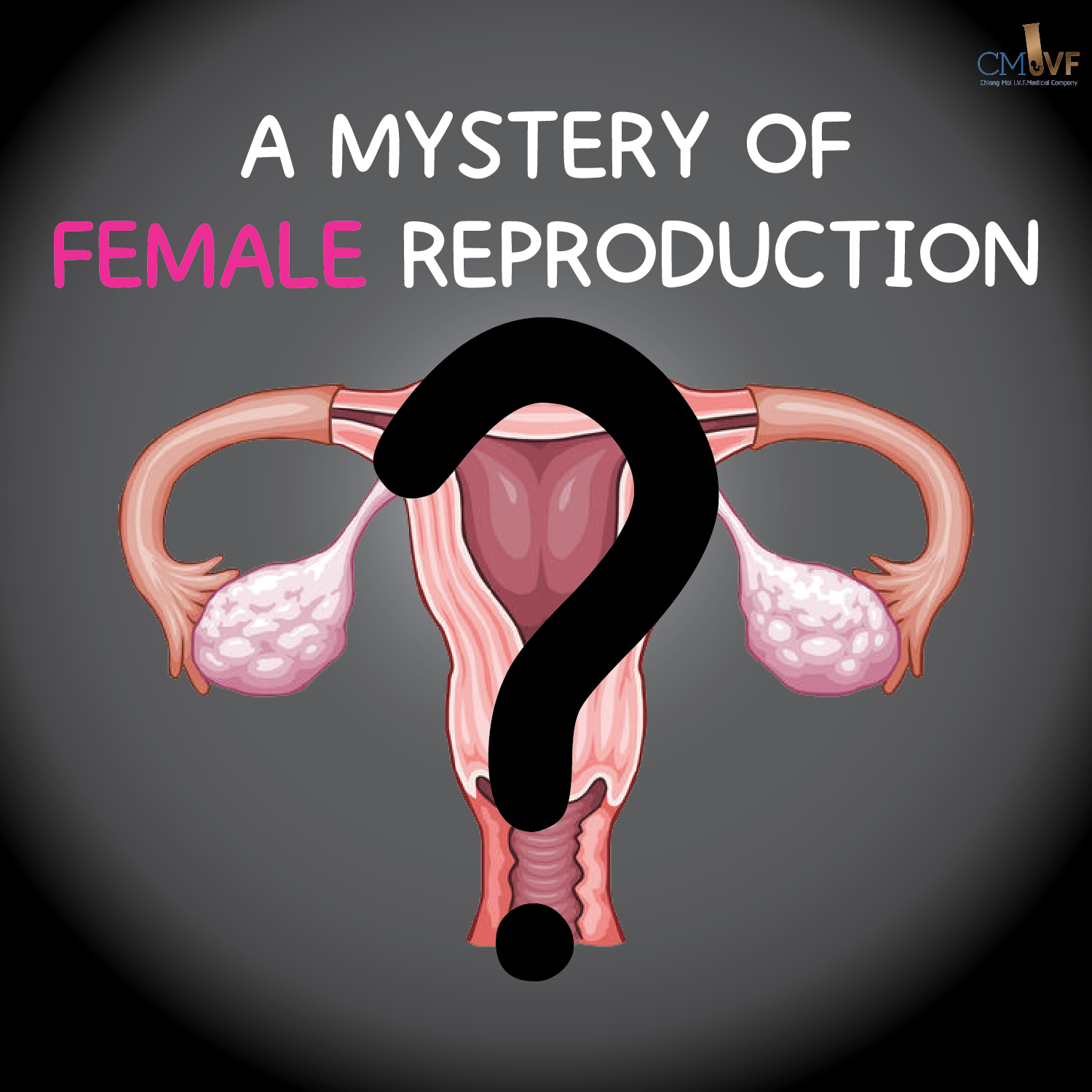
An Interesting anomaly is the human egg cell. These cells do ultimately accrue damage, however the stay preserved for decades, sometimes remaining dormant in ovaries for up to 50 years without losing their reproductive capacity. The cellular processes of egg cells are hard to study because accessing them requires direct surgery into the ovaries to access them. Female germ cells that become eggs are unique in many aspects: They are formed before birth and remain dormant in the female body for many decades before they are activated prior to fertilization. Researchers have questions as to why human eggs keep a youthful cytoplasm for decades while cells everywhere else age or die. Researchers found that mitochondria in the eggs use a different metabolic pathway than other animal cells use. Energy in mitochondria is usually initiated by a complex protein and enzyme combination called “complex I.” Researchers found that this complex is largely inactive, or absent, in human eggs. What was extrapolated was that by shutting down complex I and keeping the rest of the mitochondrial respiratory system active, early oocytes keep their mitochondria active enough to support the synthesis of essential biomolecules such as the amino acids and heme, while keeping their activity low to avoid cell damage. Reactive Oxygen species are produced as byproducts of mitochondrial activity and can damage the cell through oxidative stress. Mitochondrial complex 1 is thought to be one of the main sources of ROS. Therefore it was speculated that this adjustment of mitochondrial respiration allows longevity while maintaining biological activity. Studies have shown 1 in 4 cases of female infertility are unexplained. This research helps to explain how an human egg can live 20 to 30 years but retain a youthful cytoplasm. In addition utilizing complex I inhibitors could potentially target cancer cells while sparing human eggs cells.
Ref: https://link.springer.com/article/10.1007/S10541-005-0102-7
